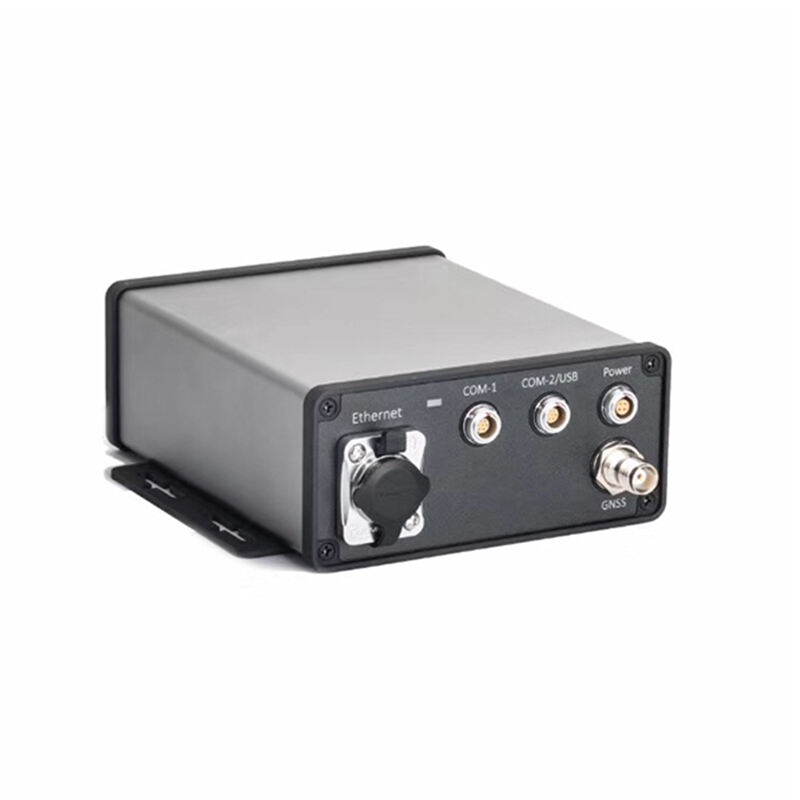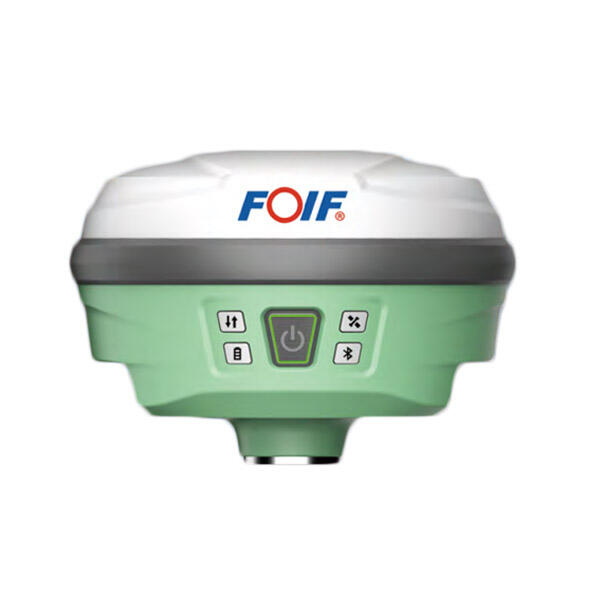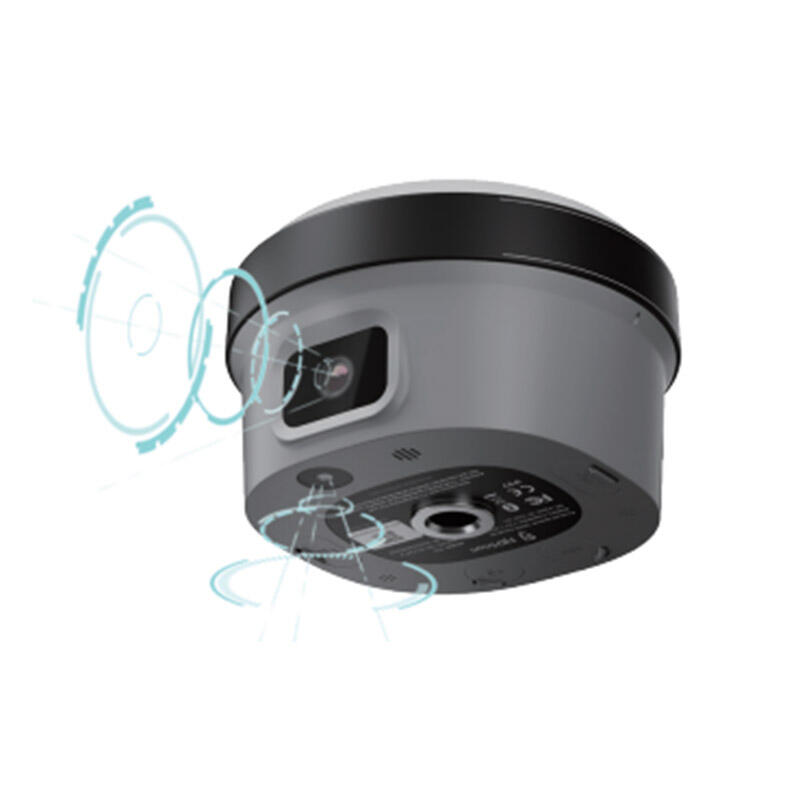external gnss receiver
An external GNSS receiver is a sophisticated navigation device that enhances positioning accuracy and reliability across various applications. This standalone unit connects to smartphones, tablets, or computers, providing precise location data by receiving signals from multiple satellite constellations including GPS, GLONASS, Galileo, and BeiDou. The device features advanced multipath mitigation technology, ensuring accurate positioning even in challenging environments like urban canyons or areas with limited satellite visibility. Modern external GNSS receivers incorporate state-of-the-art antenna designs and signal processing algorithms, enabling sub-meter accuracy in optimal conditions. These receivers typically offer multiple connectivity options, including Bluetooth, USB, and wireless interfaces, making them versatile tools for various professional and recreational applications. The device's robust construction ensures reliable performance in diverse weather conditions, while its low power consumption enables extended operation times. External GNSS receivers find extensive use in surveying, precision agriculture, GIS data collection, marine navigation, and autonomous vehicle guidance systems. Their ability to provide real-time correction data through various augmentation systems, such as SBAS or RTK, makes them invaluable tools for applications requiring high precision positioning.


